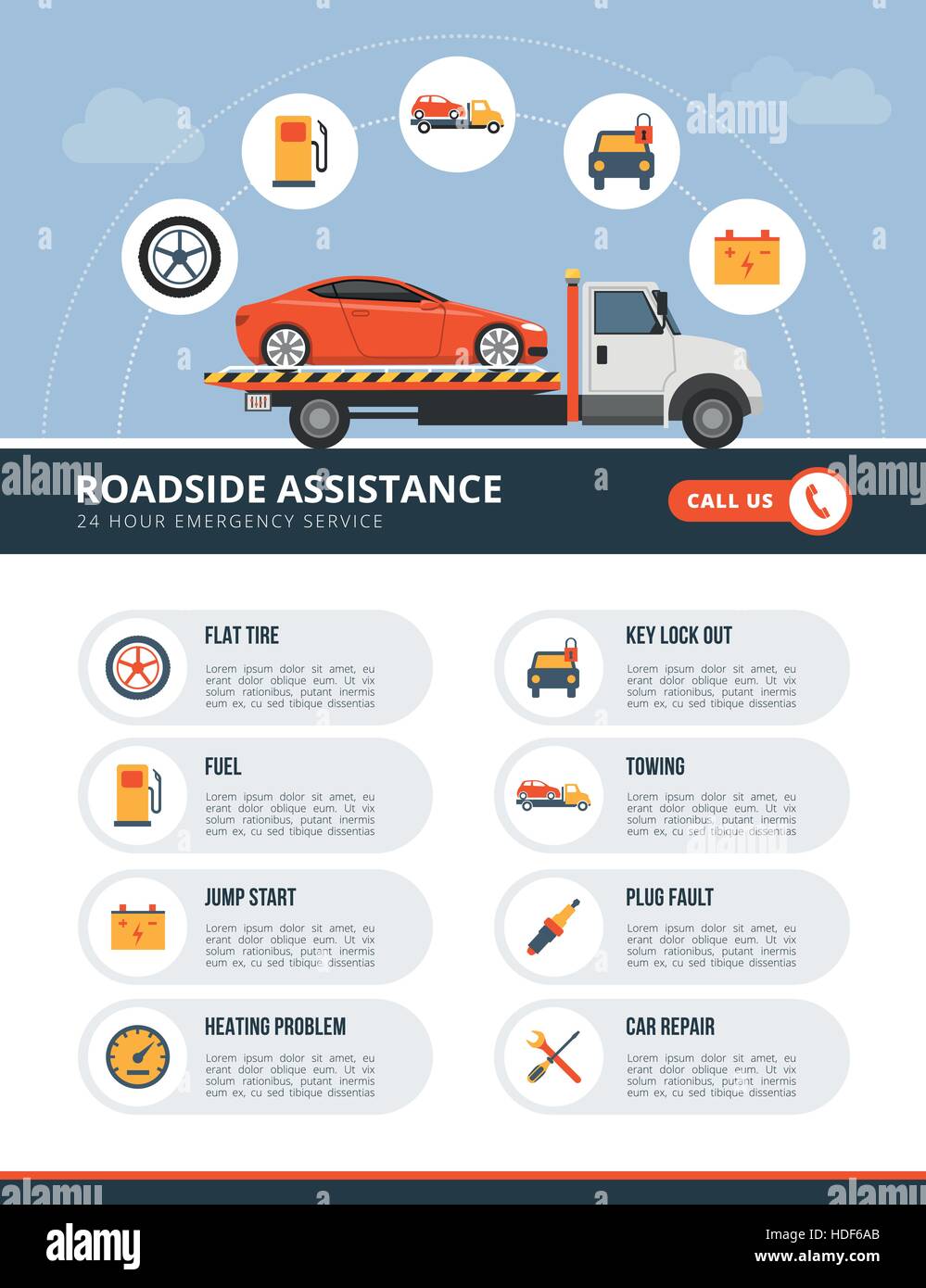Interpreting Your Auto'S Alert Lights: Their Real Ramifications
Interpreting Your Auto'S Alert Lights: Their Real Ramifications
Blog Article
Content Written By-Lauritsen Corbett
When you're behind the wheel, those radiant warning lights on your dashboard can be a bit perplexing. Do you recognize what they're trying to tell you about your vehicle's health and wellness? Comprehending learn more of these lights is crucial for your safety and security and the long life of your automobile. So, the next time one of those lights turns up, would not you want to decipher its message properly and take the necessary actions to resolve it?
Common Caution Lighting and Interpretations
Identify usual caution lights in your auto and recognize their meanings to make certain safe driving.
The most common caution lights include the check engine light, which signifies problems with the engine or exhausts system. If this light comes on, it's important to have your vehicle inspected promptly.
The oil stress advising light shows low oil pressure, calling for instant focus to avoid engine damages.
A blinking battery light may suggest a faulty charging system, possibly leaving you stranded otherwise dealt with.
The tire stress surveillance system (TPMS) light notifies you to reduced tire stress, influencing lorry security and gas effectiveness. Overlooking this can bring about unsafe driving conditions.
The abdominal muscle light indicates a trouble with the anti-lock stopping system, jeopardizing your ability to quit rapidly in emergencies.
Lastly, the coolant temperature level advising light warns of engine getting too hot, which can lead to severe damage if not dealt with quickly.
Comprehending these common warning lights will certainly help you address problems promptly and keep safe driving conditions.
Significance of Prompt Attention
Recognizing the common warning lights in your vehicle is just the initial step; the significance of promptly attending to these warnings can not be highlighted sufficient to ensure your security on the road.
When https://brakerotorreplacementcost06284.mybuzzblog.com/11579028/check-out-the-essential-components-required-for-making-the-right-decisions-regarding-your-automobile-s-maintenance-and-care illuminates on your dashboard, it's your automobile's way of communicating a potential issue that requires attention. Neglecting these cautions can cause a lot more serious troubles later on, compromising your security and possibly costing you more in repairs.
Motivate interest to warning lights can stop failures and crashes. As an example, a flashing check engine light might show a misfire that, if left unattended, could cause damages to the catalytic converter. Resolving this promptly can conserve you from a pricey fixing.
Likewise, a brake system advising light might signal reduced brake fluid or worn brake pads, crucial components for your safety and security when driving.
Do It Yourself Troubleshooting Tips
If you discover a caution light on your control panel, there are a couple of do it yourself troubleshooting suggestions you can try before seeking specialist aid.
The very first step is to consult your vehicle's handbook to comprehend what the particular caution light indicates. Sometimes the problem can be as easy as a loose gas cap activating the check engine light. Tightening the gas cap might settle the issue.
One more usual concern is a low battery, which can cause various alerting lights. Examining the battery links for deterioration and guaranteeing they're secure could fix the problem.
If a warning light continues, you can try resetting it by separating the car's battery for a few mins and then reconnecting it. Furthermore, checking your automobile's liquid degrees, such as oil, coolant, and brake liquid, can assist troubleshoot alerting lights related to these systems.
Final thought
To conclude, recognizing your car's warning lights is necessary for maintaining your vehicle running efficiently and safely. By without delay addressing these informs and recognizing what they mean, you can prevent expensive repairs and possible break downs.
Keep in mind to consult your automobile's guidebook for particular information on each cautioning light and do something about it as necessary to ensure a trouble-free driving experience.
Remain informed, remain risk-free when traveling!
